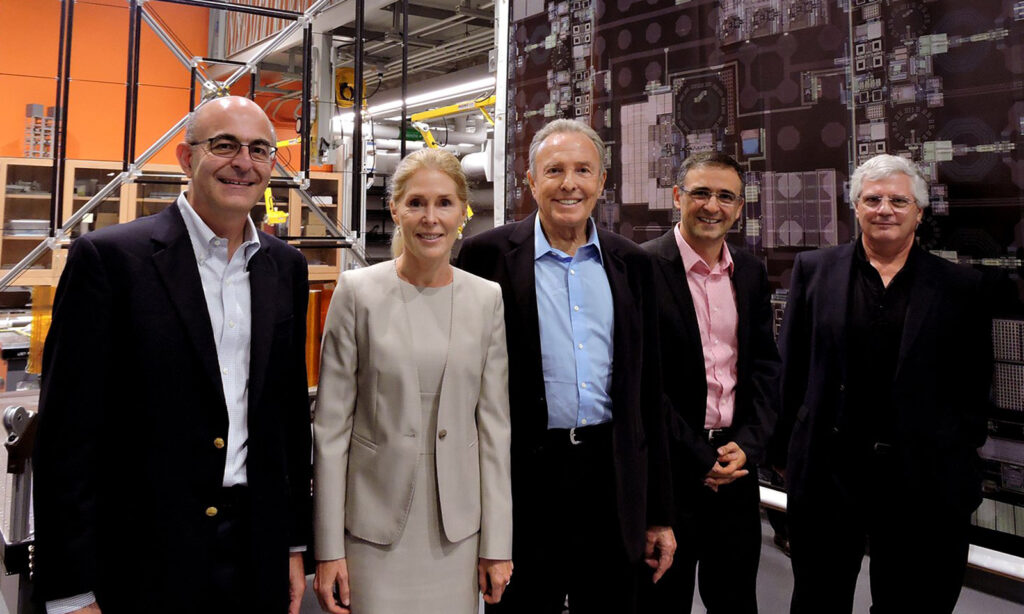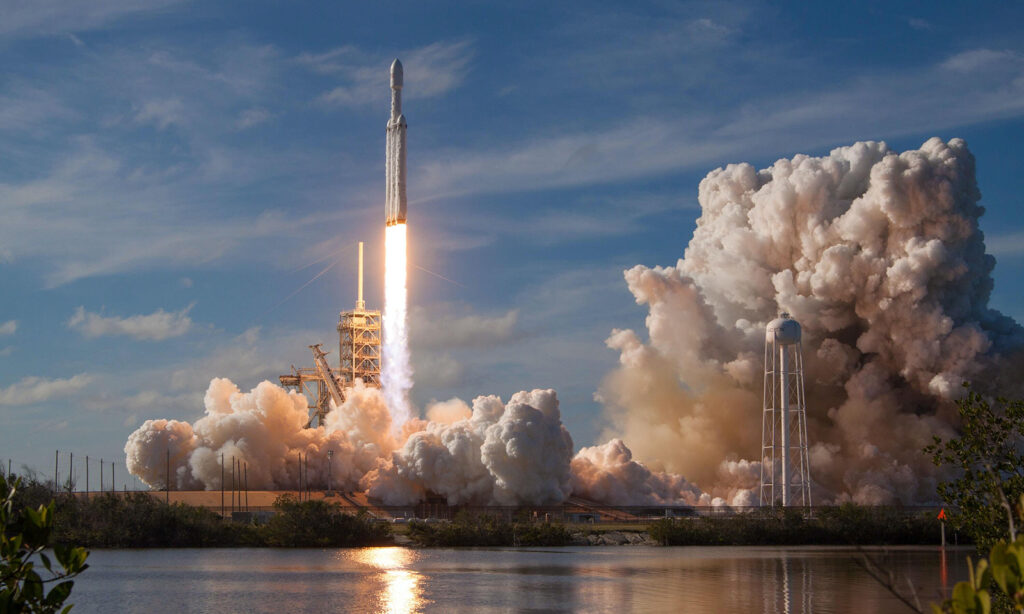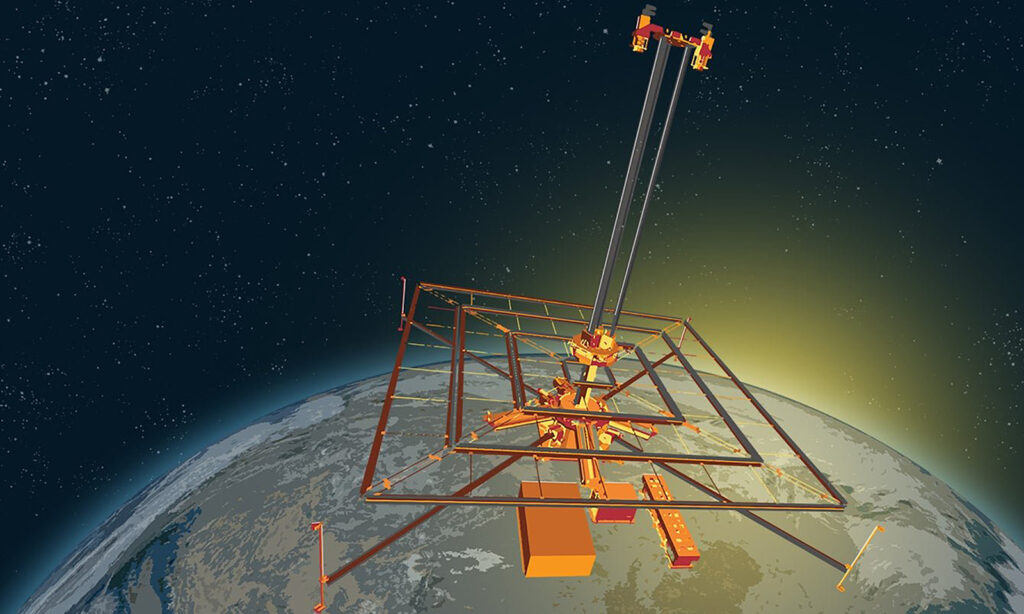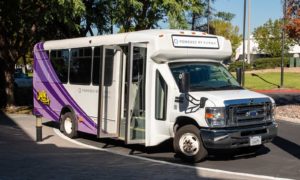On a recent sunny morning, electrical engineering professor Ali Hajimiri stood on a balcony in Cape Canaveral in Florida, holding his breath as he watched a scene with profound implications for energy use on Earth.
A mile away on the horizon, a SpaceX Falcon 9 rocket rising skyward carried a 110-pound metallic box decked with tiny antennas: a prototype device designed to harvest solar power and beam it back as microwaves to Earth.
“It was so exhilarating to reach this milestone,” said Hajimiri, co-director of the Space Solar Power Project at Caltech. For more than a decade, he and fellow researchers have raced scientists in Japan, China and the European Union to test their revolutionary plan in space.
Solar power from space would dramatically outperform the Earth-bound version, which ebbs and flows depending on the time of day, season and weather. Experts say the technology has far greater near-term potential than fusion, which has received much more media attention and billions of dollars in U.S. government support. Within seven years, Hajimiri predicted, space-based solar energy could help supply power to cities anywhere on Earth. In the longer term, it could help wean the world off of fossil fuels, curbing air pollution and climate change.
“This moment, which is the result of the work of so many people, is an important link in a long chain that we hope will make humanity better off.” – Prof. Ali Hajimiri, Caltech
Game-changing research
In 2021, Caltech revealed that Irvine Company Chairman Donald Bren had contributed $100 million to initiate and fund the Space Solar Power Project. Bren, who as a young man was inspired by an article on space-based solar power in Popular Science magazine, had suggested that Caltech research the scientific energy approach back in 2011.
“This research is clearly close to their hearts,” Hajimiri said of Bren and his wife, Brigitte, who have stayed close to the Caltech team over the years. “They didn’t want to do incremental work; they wanted to do something transformational, and they had the vision and resources to make it happen.”
Experts agree that space-based solar power could be a major breakthrough in the global quest for clean, abundant and affordable energy – with significant advances expected surprisingly soon. “There’s nothing preventing large-scale space solar power from being deployed within five to eight years,” former NASA researcher John Mankins, author of “The Case for Space Solar Power,” said in an interview.

Demonstrating the potential
Over the next several months, Hajimiri and his team will evaluate data from the prototype, comparing the relative efficacy of various kinds of wireless power transmitters and photovoltaic panels. In the meantime, he said, the team is in conversations with federal government officials, hopeful that space solar power may, in time, become a meaningful part of America’s energy arsenal.
“We still have a lot of work to do,” Hajimiri said. “The key point is to demonstrate the potential. But this moment, which is the result of the work of so many people, is an important link in a long chain that we hope will make humanity better off.”










